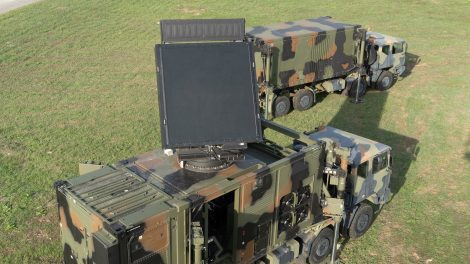The move. Started in 2023 under the Ministry of Defence’s National Armaments Directorate, Herakles (Hypersonic Electromagnetic Railgun for Armour Kinetic Launcher Engine System) is funded by the National Military Research Plan and developed by KairoSpace, an Italian high-tech firm.
- The first phase—preliminary studies—has concluded. A demonstrator is expected by 2026, with serial production envisioned in the longer term.
Why it matters. Railguns promise to fire hypersonic projectiles (Mach 6+) without explosives, cutting risks tied to ammunition storage and potentially lowering operational costs.
- With ranges projected between 200 and 400 kilometres, such systems could redefine coastal defence, missile interception, and long-range artillery.
- Beyond the battlefield, the technology carries a dual-use ambition: the potential to launch small satellites into low orbit directly from Italian soil.
Strategic convergence. Italy’s push mirrors global experimentation.
- The U.S., China, Russia, Japan, and Turkey are investing heavily, but none have yet fielded an operational system.
- By backing Herakles, Rome signals its intent to join the vanguard, reinforcing NATO’s quest for advanced artillery systems and missile defence while aligning with European ambitions in space and defence innovation.
The bigger picture. The move positions Italy at the intersection of two strategic debates: Europe’s capacity to defend against hypersonics and its quest for independent space access.
- Success would place Rome among a handful of nations with sovereign control over electromagnetic weaponry—an asset with deterrent and industrial significance.
Possible fault lines. The challenges are steep. Each shot may require up to 50 megajoules of energy, and rail durability remains unresolved.
- The U.S. alone spent over $500 million before shelving its program. Critics may question whether Italy has the resources to succeed where superpowers have struggled, especially amid competing defence priorities ranging from drones to next-generation fighters.
What it signals. Herakles is a high-risk, high-reward gamble. If it delivers, Italy could secure a technological edge with sweeping military and dual-use applications.
- If not, the investment still strengthens national expertise in advanced materials, energy storage, and hypersonics—fields crucial to the next era of European defence.





